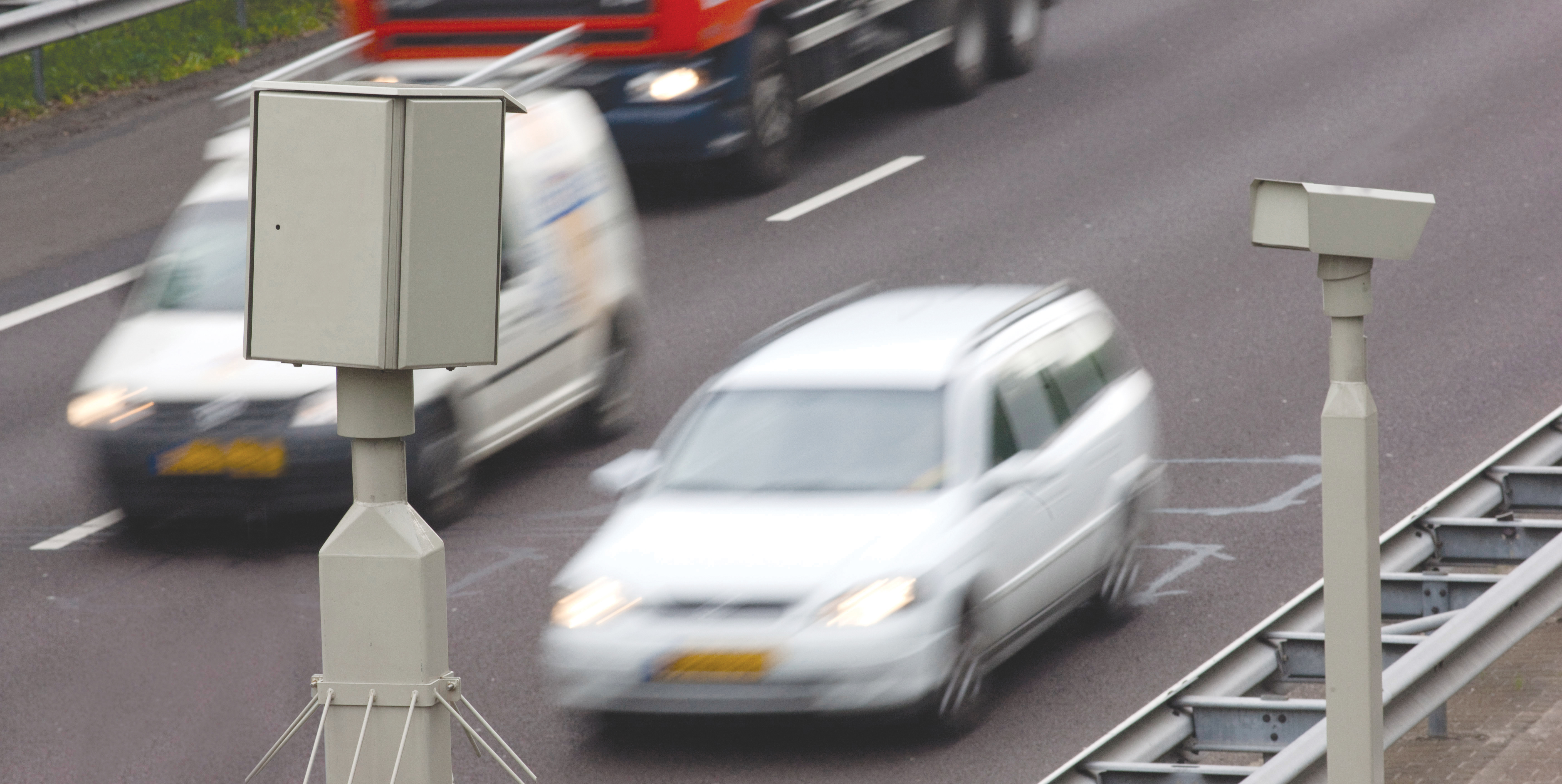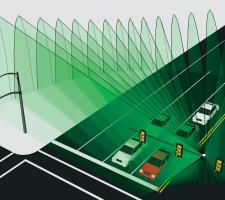
While initial cost of radar based detection may be higher than that traditional loops, lower maintenance costs more than balance the books.
Following successful field tests, the US city of Greenville, North Carolina, has recently agreed a new policy of phasing inThe system is replacing conventional inductive loops, of the kind that have been in use in the Greenville for more than four decades but which require frequent maintenance or replacement. The growing higher education and health care industry based city with a population of 86,000 (in a metropolitan area including 192,690 people), is responsible for maintaining 426km of roadway and 125 signalised intersections – 115 of which are vehicle-activated, while the rest are pre-timed.
The vehicle-activated signals are currently equipped with over 900 loops, more than 50 of which fail or need maintenance each year, with replacement typically costing at least a day of temporary lane closures. One contributor to the problem is the city’s ongoing development boom; new construction on ground adjacent to a roadway can easily take out the lead wire and with it all the loops across the intersection’s traffic lanes it connects by cable to the control cabinet.
In contrast the SmartSensor Matrix units, mounted on poles above an intersection, emit 16 separate digital wave radar beams in close proximity to achieve a 90-degree, 140ft (42.7m) field of view across the full range of the sensor. The system also tracks each vehicle as it approaches the intersection, remembering its position and predicting its future movement to deliver highly accurate presence detection. DiCesare is confident that the SmartSensor system can be installed at a cost comparable to that of the traditional loop systems. Soon after taking up his post in Greenville, he contacted Mark Holland from Transportation Equipment and Services (TES), a local ITS equipment vendor which represents Wavetronix in North Carolina, about the possibility of using radar-based detection.
Additional cost:
US$4,000 per intersection
Saving on loop Replacement:
US$5,000 a time
Benefits:
•Improved safety for motorists and road workers by eliminating lane closures during sensor installation and maintenance
•Improved mobility from eliminating traffic delays
•Savings from reduced long- term maintenance costs
•Added detection capability for cyclists using traffic lanes
•Added data collection and traffic count capabilities at signalised intersections to attract cost reimbursement, enhance decision making and support requests for supplemental state or federal funding.
“Again, every time we need to mill and resurface a road, we typically have to replace the loops. I also wanted a technology that I could use for temporary fixes – for instance when related to new construction.”
At his request, Holland arranged a field test which was attended by representatives from the North Carolina Department of Transportation. “In the past,” says DiCesare, “an entire crew would have been working in the road for hours, if not days, to install the loops. With Wavetronix, the unit was mounted and programmed in less than two hours and without any traffic disruption.”
In the light of this experience, the city bought an initial unit to have on hand when next a loop detector failed or needed replacing. However, it almost immediately found an alternative, but equally valid, use in July 2012.
Says DiCesare: “A developer wanted fast installation of a vehicle sensor for their driveway at an existing signal-controlled intersection at Greenville Boulevard SW and Bismarck Street. We were able quickly to adapt the signal along the Boulevard for traffic detection at the development driveway and inbound left-turn lane, and the developer reimbursed the city for the cost.”
The city then made a second purchase, which is now deployed in a full four-detector array at the intersection of Evans Street and Arlington Boulevard.
DiCesare says: “The system produces a live two-dimensional image of the intersection which is overlaid with a graphical interface that can be used to draw each virtual detection zone. The whole process is extremely intuitive.
“When I did the cost analysis, I was pleased to find the costs of the Wavetronix solution were very comparable to those of a loop detection system. Installing standard loops at a typical four-way intersection can cost about US$24,000, including conduit banks and pullboxes. At a cost of US$7000 per unit (four are required), putting in Wavetronix at the same intersection costs a few thousand dollars more although DiCesare predicts savings over the longer term.
“We’ll lower long-term maintenance costs by avoiding the ongoing cycle of loop replacement, save time, and improve productivity with rapid installations. We also avoid the pavement degradation caused by the saw cuts needed for the loop detectors while improving mobility and safety because we won’t need to shut down lanes to install the detectors. And finally we add the capability to detect bicycles using traffic lanes and to count vehicles.”
Previously, a failure typically involved three loops being knocked out at one time, with the cost of replacement of one looped approach and accompanying cabling coming out at about US$5000 – apart from that of tying up the resources of a work crew for at least one day.
While the city makes a point of publicising local media its major road construction works, including loop replacements, in advance to warn for motorists, DiCesare says, “it’s impossible to get the word out about every temporary lane closure, giving rise to delays and safety concerns.”
As the interface to the traffic controller is the same as that for vehicle detection, meaning new units have the capability to deliver traffic count data, there is also scope for the city to leverage external funding sources for 80% of the cost of the new system.
The local Greenville Urban Area metropolitan planning organisation (MPO), which covers a cluster of communities in the region, will pay compensation as long as a system is set up to provide the traffic counts, which weights the cost comparisons even more favourably towards the SmartSensor Matrix units.
To date the city has only been reimbursed by the MPO for the one approach application and has yet to
request finance for a total intersection deployment, but it plans to do so during its next fiscal year.
DiCesare says there are other gains to be made from having access to traffic data: “We can use it to make better decisions about where our city’s greatest transportation needs lie and determine how to spend our limited funds most effectively. Plus, there are many sources of state and federal funding available through an application process. Having data available to support any application that our city decides to pursue increases our chances of receiving those funds.”
If the costs and benefits remain the same, the eventual goal will be the phasing out of loop detection across the city in favour of the new technology. Greenville plans to keep a stock of the radar detectors on hand and, when there is a loop failure, or loops need to be pulled out during a road paving project, it can consider installing the new system rather than replacing the old.












